The fourth "halving," a much-awaited move intended to reduce supply and increase the value of the virtual currency, was implemented by the bitcoin market today. The cryptocurrency exchange Binance reset the clock for the next event, which is anticipated to occur in 2028, after announcing on Twitter that the halving was completed.
Bitcoin operates on a reward system where computers solve complex puzzles to validate blocks and earn bitcoins. The reward for this process is halved every 210,000 blocks, occurring approximately every four years. This reduction in reward, from 6.25 bitcoins per block to 3.125 bitcoins following the latest halving, is designed to slow the creation of new bitcoins and adhere to the overall limit of 21 million bitcoins set by the currency's creator, Satoshi Nakamoto.
The primary objective of the halving is to control bitcoin's supply, thereby enhancing its scarcity and potentially driving up its value, particularly if demand remains steady or increases, according to analysts.
The price of bitcoin has surged recently on anticipation of reduced supply, reaching a record high of $73,797 last month before experiencing a slight decline in recent days. The halving poses challenges for commercial bitcoin mining companies, which heavily rely on block rewards for revenue. As margins shrink, mining firms are investing in more efficient equipment and cost-cutting measures to adapt to the reduced rewards.
Analysts predict that the halving may lead to industry consolidation, with weaker mining firms facing increased pressure. Despite the challenges, the price of bitcoin has remained relatively stable following the halving, reflecting ongoing investor confidence in the cryptocurrency.
As of the halving, bitcoin's price stands at approximately $63,467.46, demonstrating resilience amidst evolving market dynamics.




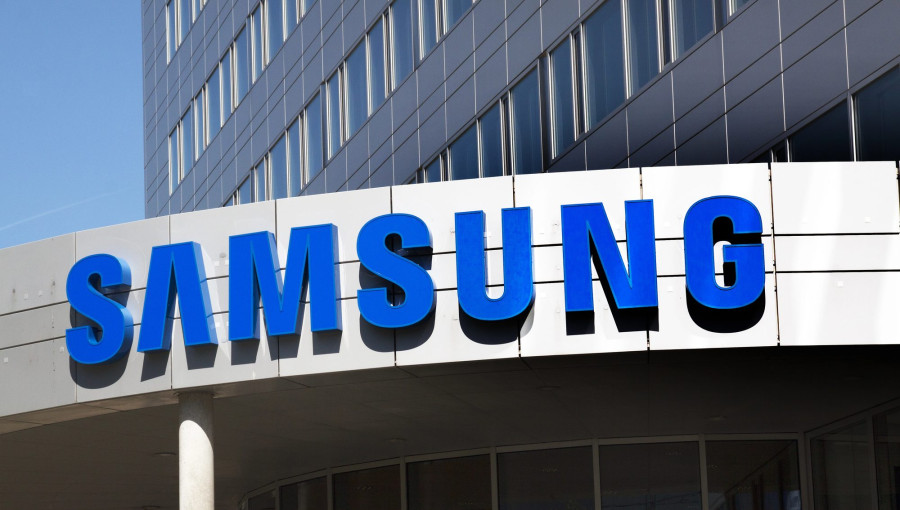
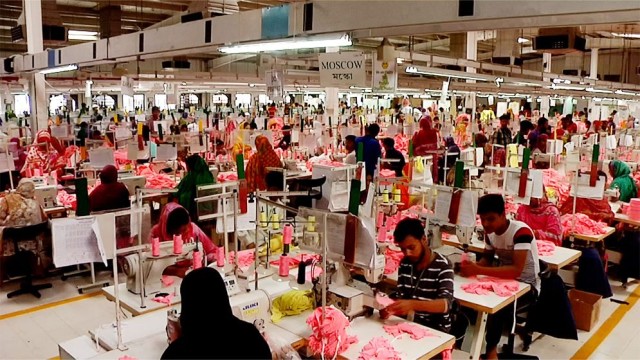

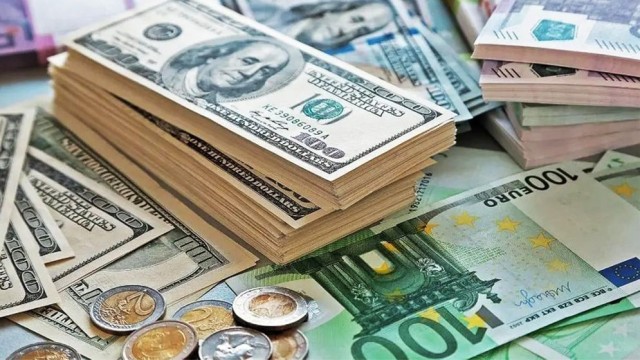









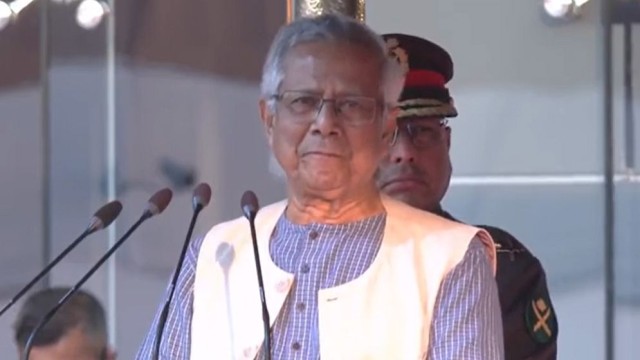




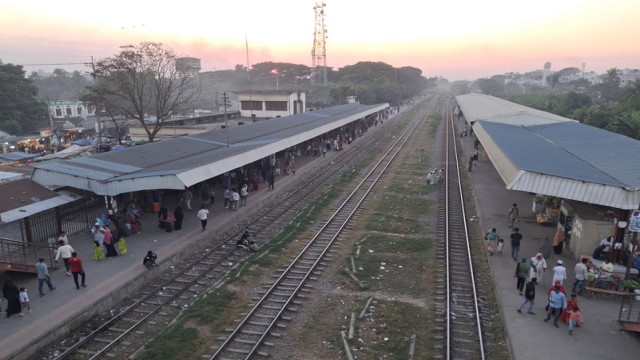




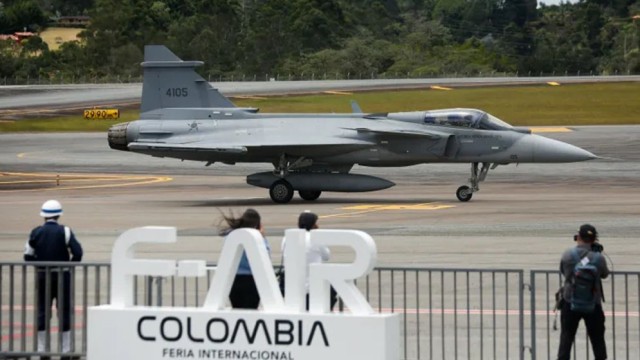

Comment: